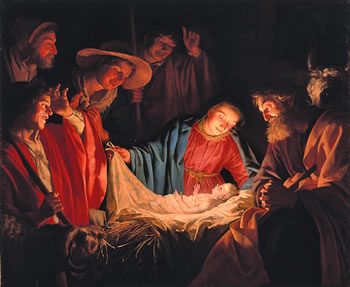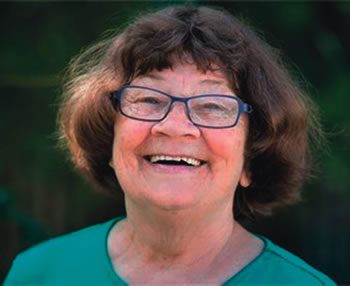Astounding Grace
A new year tends to be a time of reflection. We’ve just celebrated another birthing of Christ Jesus in our lives and our faith is touched by a freshness, a feeling that we are at home with the Holy Family. The months ahead promise growth.
The year will also deliver hard work. Living in this world creates layers of busyness, planning, anxieties, small divisions that fracture our sense of wholeness. Yet when we pause long enough to go back to the sweet calm of the manger, we connect again with that newness. It echoes a line from Gerard Manley Hopkins: ‘…there lives the dearest freshness deep down things…’
What we encounter with Jesus in the Nativity, is our own birth, a pure soul coming into incarnation. What we feel is our own God-given state of grace.
I can’t remember the name of the Church Father who described humanity as ‘part angel and part animal’. That’s a good metaphor. We immediately recognise in ourselves the tools for survival, those animal me-first instincts that can block our spiritual path if we don’t work with them and learn from them.
We can put a lot of prayer into the ‘sins’ of the ego. That is not wrong, but our faith will lack balance if we don’t also acknowledge the angel, that spark of God in us. Deep down, under the surface struggle, we all live in astounding grace.
Our struggles can be regarded as lessons in ‘life school’. Sometimes the lessons are hard and we need to sit an exam more than once, but that core of grace will always move us forward. We go from narrow thinking in which we see ourselves as separate and alienated in a hostile world, to spacious thinking, where we know the interconnectedness of everything - God manifest in all of creation.
This growth process is succinctly described by an anonymous 15th century monk: ‘Find thyself: tis half the path to God. Then lose thyself and the rest of the way is trod’.
Losing oneself comes when we let go of dualistic thinking and see God in all things. There are no enemies, simply beautiful souls in various stages of growth in life-school. The pilgrim who comes to this way of seeing may appear to be full of loving-kindness. That’s because another’s pain is his pain, another’s celebration, his celebration, another’s struggle her struggle. This is something beyond compassion. It is the true understanding of chessed, the Hebrew word for loving-kindness.
We glimpse some of this quality in saints like Mother Teresa. We see it in its fullness in our Lord Jesus Christ who bore the pain of the world because he chose not to be separate from us.
That brings us back to Christmas and New Year. During the coming year, we will reflect on Jesus’s death and resurrection, on his teachings, his miracles. But by far the greatest miracle is his birth. How could he choose to come into incarnation for us? That is truly astounding grace.
This article appeared originally in CathNews NZ Pacific
-- www.cathnews.co.nz --
and it is re-printed with permission.

 Entries(RSS)
Entries(RSS)